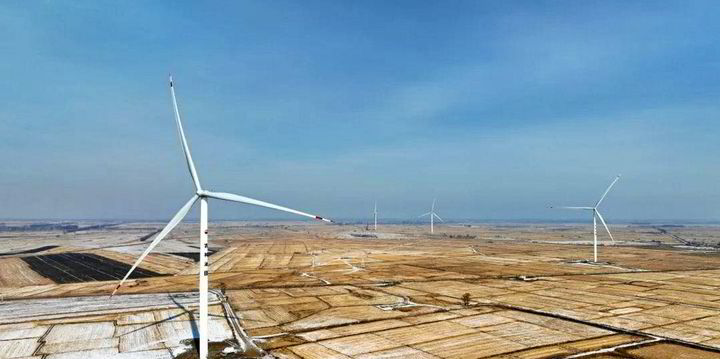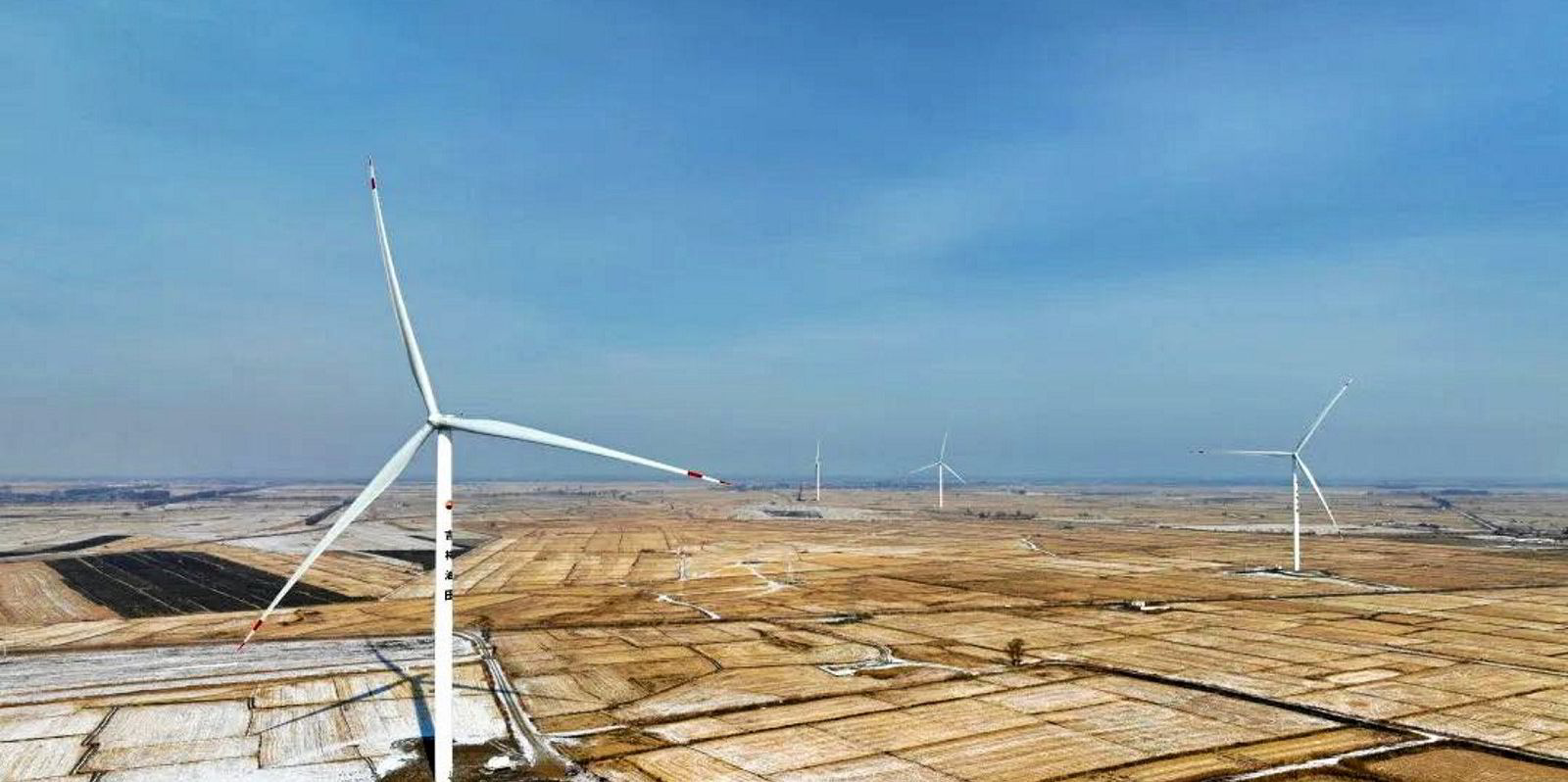Chinese upstream giant PetroChina has started operation of its first onshore wind farm in northeastern China’s Jilin province, as part of the company’s efforts to reduce the carbon footprint of oil and gas production.
The project covers 18 onshore wind turbines with total capacity of 78 megawatts, according to the project’s contractor China Petroleum Engineering and Construction Company (CPECC).
The wind farm is able to generate 260 million kilowatt hours of electricity per annum to power oil and gas exploration and production at PetroChina’s Jilin oilfield.
The project, which will replace diesel and coal-based power generators, will be able to cut 202,000 tonnes of CO2 per annum.
It is part of a larger wind project that will almost double capacity to 150 MW, which PetroChina plans for Jilin in the near future.
At the Jilin field, PetroChina now largely utilises carbon capture and storage technology to decarbonise the oil and gas project.
Article continues below the advert
PetroChina claimed the CCS project at Jilin is the largest in Asia, with CO2 injected to date exceeding 2 million tonnes.
PetroChina currently injects 350,000 tpa of CO2 at Jilin via 88 wells, which has raised oil production by 2000 barrels per day.
PetroChina started its CO2-enhanced oil recovery pilot project at Jilin in 2009. The field with multiple thin horizons has witnessed a decline in production and recoverable reserves over the last 60 years.
Oil production last year was 80,000 bpd, down from 100,000 bpd nine years ago.
China is responsible for around 27% of all carbon dioxide emissions and one-third of the world’s greenhouse gases. PetroChina has said that national CO2 emissions will peak at 10.6 billion tonnes in 2030 — however, last year’s figure stood at more than 11.9 billion tonnes.
China is aiming for an 18% reduction in CO2 emissions per unit of GDP (gross domestic product) by 2025, when it intends to increase non-fossil fuel energy to 20% of its energy mix and 39% of its total power generation.

